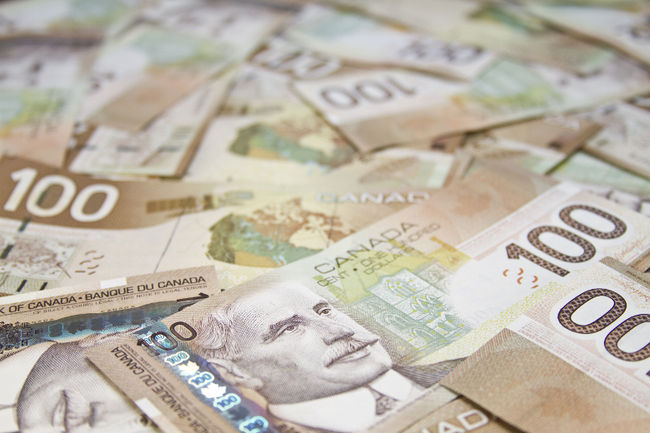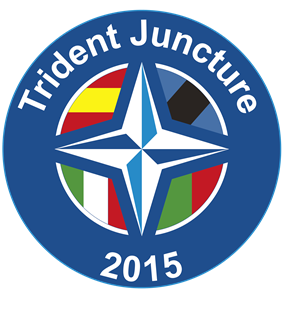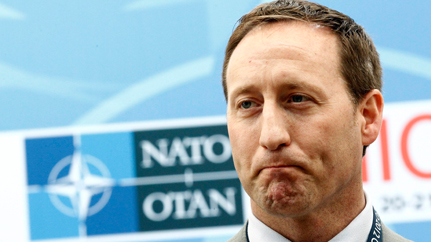Like each Prime Minister before him in the last half century, Stephen Harper came in to office with the intention of diversifying the Canadian economy through trade. The intent was to lessen our dependence on the U.S. In the 2011 campaign, he promised a concluded free trade deal with the EU by 2012, and a deal with India by 2013. Now, with the Comprehensive Economic and Trade Agreement (CETA) with Europe yet to be secured, an agreement with India on the distant horizon, and a lack of consensus on an approach to China, an evaluation of the government’s trade record and future prospects is worthwhile.
[captionpix align=”left” theme=”elegant” width=”320″ imgsrc=”http://natoassociation.ca/wp-content/uploads/2013/08/7494220.jpg” captiontext=””]
Since coming to power, the government has signed trade agreements with Columbia, Honduras, Panama, Peru, Jordan and the European Free Trade Association (Switzerland, Iceland, Norway and Lichtenstein). While they are many in number, these agreements do not necessarily represent significant economic gains. Canada’s annual GDP stands at 1.73 trillion, while the nominal GDP of all these economies combined stands at 1.68 trillion. Total exports to these markets only amount to 39.6 billion, or 11% of the value of Canada’s exports to the United States. In terms of total new trade added, assuming trade with these states remained static without new agreements, they added only 2.7 billion in new exports, which constitutes only 0.6% of total Canadian exports in 2012.
The road to true economic diversification remains through unresolved trade agreements with the larger economies of Europe, India, China and the Trans Pacific Partnership on Trade (TPP). In Europe, the inability of negotiators to agree on investment restrictions and the quota of beef Canada can export to Europe means that if the EU’s focus turns irrevocably to negotiations with the U.S., Canada may be forced to settle for the same, or worse terms, than those afforded to the Americans. The agreement with Europe, valued at 12 billion in new annual trade for Canada, would surpass all the aforementioned deals completed by the government.
Free trade negotiations with India began in late 2009 with an eye to a 2013 conclusion, but have yet to see any tangible progress despite eight rounds of talks. Such an agreement is currently valued at only 15 billion annually, including a 6 billion dollar boost for Canada that would produce 40,000 new domestic jobs. But with India poised to become one of the world’s most important economies, the future pay-off of such a pact would be much larger.
With China, the road to greater economic cooperation became more complicated with the government’s qualified approval of the Nexen sale. Restrictions placed on state owned enterprises, which dominate China’s economy, will inherently limit opportunity presented by the Canada-China Foreign investment Promotion and Protection Agreement (FIPA), if it is ratified by Parliament at all.
The real prize in Asia lies in the TPP which will create short term pain through dismantling the supply management system in dairy and poultry, but will also create long term growth through access to the world’s largest free trade market, valued at 20.5 trillion in annual GDP amongst the members. Though there are complexities surrounding agricultural supply management, it is a step that Canada should seriously consider trying again. Simply put, Canada cannot afford to be left out.
Running parallel to the TPP is the Regional Comprehensive Economic Partnership (RCEP), which is led by ASEAN and aims to undo the ‘Noodle Bowl’ effect, or complications created by overlapping bilateral FTA’s in Asia Pacific. Unlike the TPP, RCEP includes China and India, two of the largest economies in the world. Crucially many see the competition between the TPP and RCEP as a strong indication that the two agreements will merge in the future to create a Free Trade Area Asia Pacific (FTAAP), of which Canada would be a member by virtue of our participation in the TPP.
Trade negotiations conducted by Canada are political, as the federal government requires a consensus amongst the provinces to execute an agreement. Like Europe’s attempts to protect French beef producers, Canada protects dairy farmers from Quebec. This helps us understand why negotiations take longer when the partner is a larger economy. They are simply more complicated to conclude.
The importance of free trade as an economic strategy, given the almost global recognition of its importance, cannot be understated. There is both short and long term economic imperative to conclude deals quickly. Even in the short run, the launch of U.S.-E.U. talks that threaten to divert E.U. attention from Canada have the capacity to harm an eventual Canada-E.U. deal. Canada may have to accept the same, or even worse, terms offered to the U.S. or risk no agreement at all. While the best alternative in the short term may be no agreement at all, it is clear that in the long-term, the costs inaction will be higher.
The fact that current agreements have added little to our economy shows that economic diversification is, as it has always been, a difficult task for Canada.




